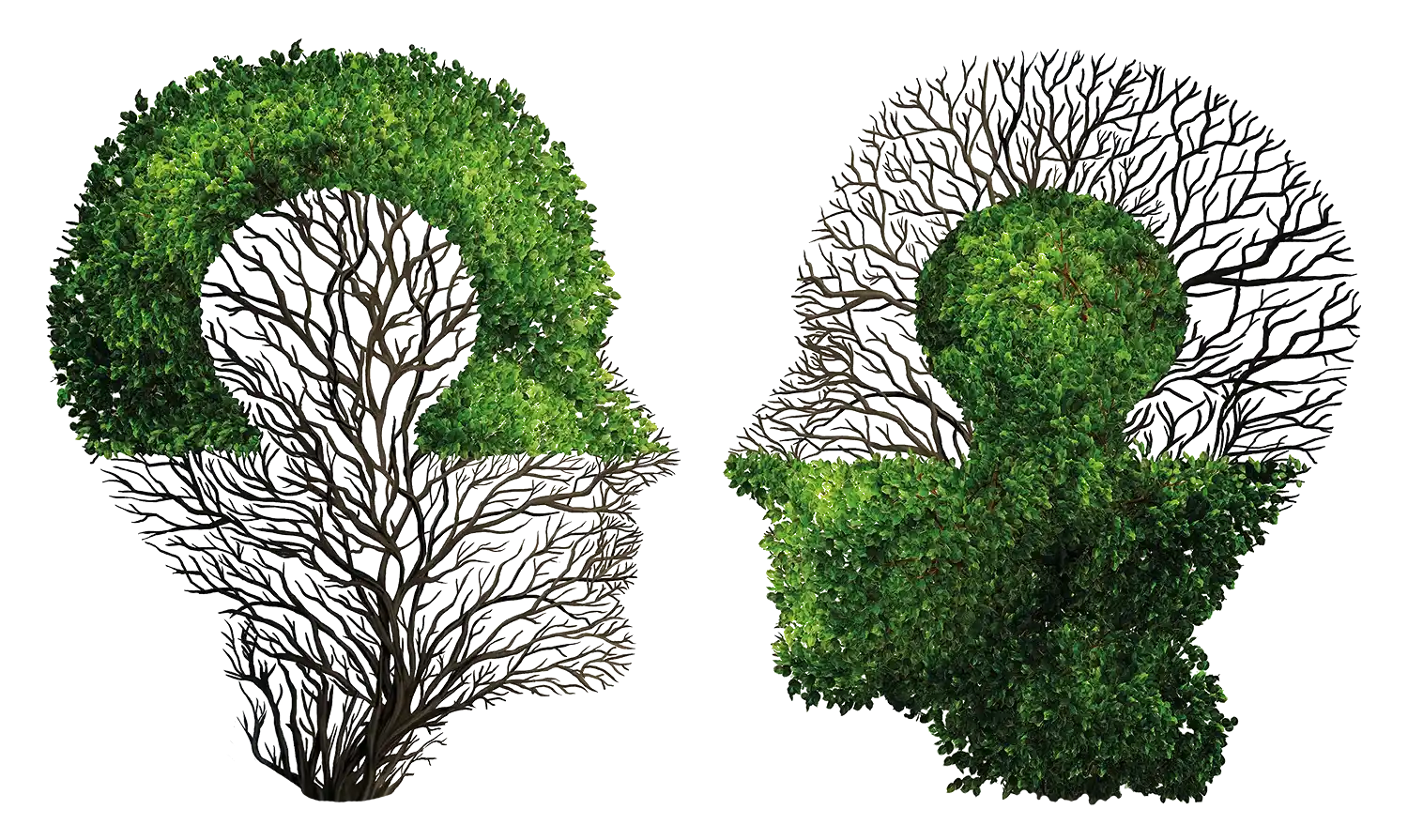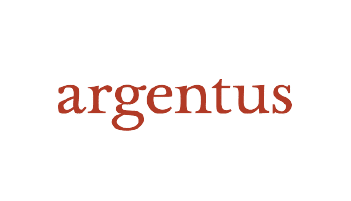The Indonesian language, “Bahasa Indonesia”, is the official language of the island state of Indonesia and is spoken there by around 162 million people. It is a form of the Malay language, “Bahasa Melayu,” which is the official language of Malaysia, Singapore and Brunei and is spoken by about 12 million people on the Malay Peninsula. There is very little difference between the two languages, even though they are now considered to be separate languages. They feature Arabic and Indian (Sanskrit) influences as well as European, in particular Dutch, influences. Both Indonesian and Malay are easy to learn and differ significantly from other Asian languages. They are not tonal languages, and have simple pronunciation rules; both languages are written using the Latin alphabet. Their grammar has neither cases nor complicated tenses. Nouns, personal pronouns and verbs are not inflected.
In Indonesia alone there are more than 300 different peoples, mainly of Malay, but also of Melanesian and Polynesian origin; there is also a Chinese minority living primarily in Java. The languages spoken in the Malay Archipelago are accordingly diverse, some of them displaying major differences.
The term “Indonesian languages” is no longer used today. Apart from the dialects of East Indonesia and Taiwan, these languages are now known as Western Malayo-Polynesian languages, which include Malagasy, Bahasa Indonesia, Malay and Javanese, Sundanese, Madurese, Balinese, Cham and Tagalog, Palau in the Palau Islands and Chamorro in the Mariana Islands. The Malayo-Polynesian languages, in turn, belong to the Austronesian language family, which extends from Madagascar, the Malay Archipelago and New Guinea to Easter Island and from Formosa (Taiwan) to New Zealand and includes well over 700 languages.


















